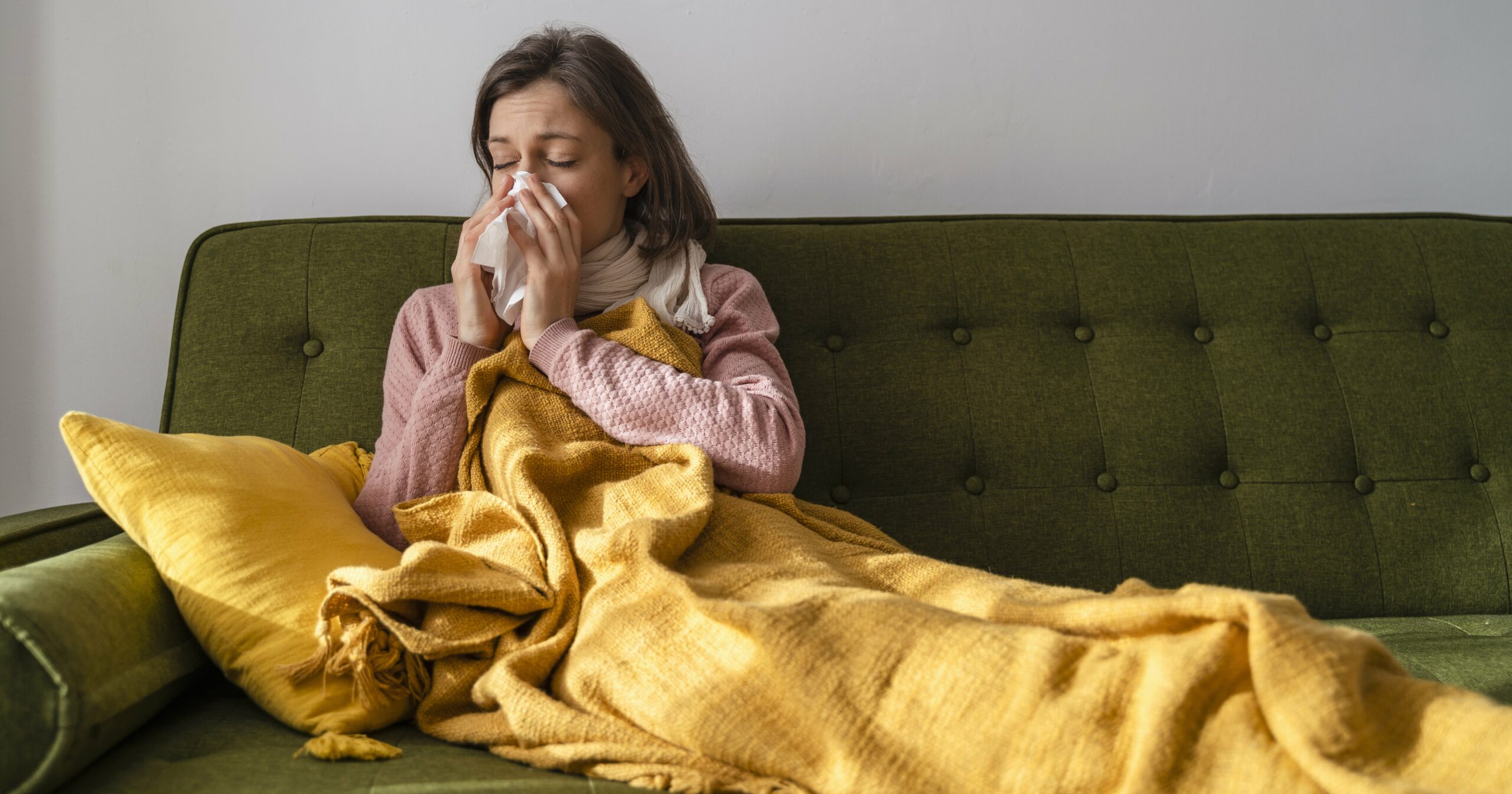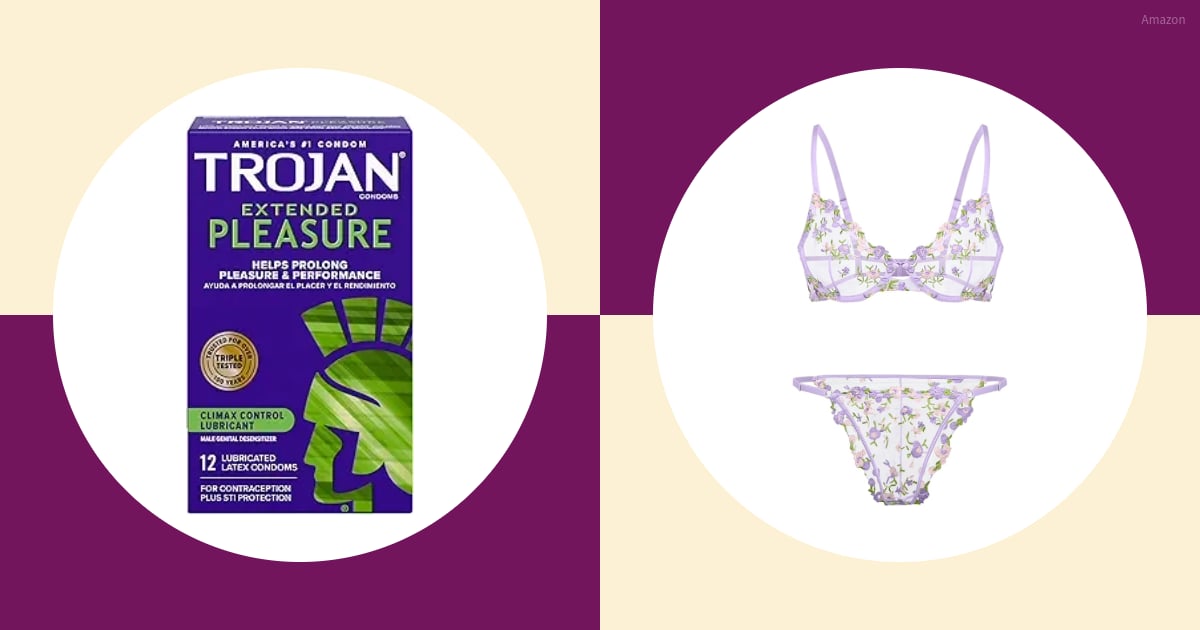Figuring out what’s making you sick these days can be tough, especially as cold and flu season ramps up. One cough can lead to a multi-hour Google search to determine whether it’s the flu, COVID-19, or the common cold. It doesn’t help that these illnesses have similar symptoms.
“Coronavirus and flu symptoms have significant overlap,” Sandra Kesh, MD, deputy medical director and infectious disease specialist at Summit Health in Purchase, NY, tells PS. “They both can cause fever, cough, breathing difficulties, fatigue, and many other symptoms.” The flu can feel like the worst cold of your life, but symptoms come on suddenly and include fever, chills, and body aches, while colds tend to develop slowly.
So, how do you tell them apart? Here’s a breakdown of some of the glaring differences between the cold, the flu, and COVID – and when to see a doctor.
Experts Featured in This Article
Sandra Kesh, MD, is the deputy medical director and infectious disease specialist at Summit Health in Purchase, NY.
Flu vs. COVID Symptoms
As Dr. Kesh noted, both COVID and the flu share a significant number of symptoms. However, the onset of symptoms varies between the viruses. According to the CDC, the flu has a tendency to suddenly overwhelm an infected person with an onslaught of symptoms that can last anywhere from three days to two weeks.
COVID symptoms appear two to 14 days after someone is infected with the virus, per the CDC. Symptoms for mild COVID cases can last from one to two weeks, but a more severe infection causes symptoms for upwards of six weeks, according to Hopkins Medicine.
Cold vs. COVID Symptoms
The common cold is by far the most low-key virus of these respiratory infections. Symptoms are generally milder and appear more gradually than with the flu. The common cold is also typically short-lived: symptoms generally last seven to 10 days, as opposed to COVID and flu symptoms, which can last for two weeks.
Cold vs. Flu vs. COVID Symptoms
To better understand the differences in symptoms between the flu, the common cold, and COVID, here’s a breakdown, per the CDC and Dr. Kesh:
- Cough: all three
- Runny or stuffy nose: all three
- Sore throat: all three
- Sneezing: common cold
- Fever: COVID-19 and flu, sometimes a cold
- Chills: COVID-19 and flu
- Fatigue: COVID-19 and flu
- Muscle pain or body aches: COVID-19 and flu
- Headache, vomiting, or diarrhea: COVID-19 and flu
- Shortness of breath or difficulty breathing: COVID-19
- New loss of taste or smell: COVID-19
When Should You See a Doctor?
If you’re experiencing flu-like symptoms and/or believe you have been exposed to COVID, purchase an at-home COVID test from your local drug store or visit your medical provider for a diagnosis. If you’re elderly, pregnant, dealing with a chronic medical condition, or caring for a young child with flu-like or COVID symptoms, Dr. Kesh advises you to seek medical care immediately.
The best things you can do to protect yourself and your community from COVID, as well as from the cold and flu, is to wash your hands properly and regularly, keep surfaces in your home and at work clean, and lead by example by staying home when you’re sick and encouraging others to do the same.
POPSUGAR aims to give you the most accurate and up-to-date information about the coronavirus, but details and recommendations about this pandemic may have changed since publication. For the latest information on COVID, please check out resources from the WHO, CDC, and local public health departments.
– Additional reporting by Angelica Wilson and Alexis Jones
Dominique Michelle Astorino is a former PS contributor.
Angelica Wilson is a former associate fitness editor for PS. She’s a tall, plus-size yoga instructor who’s a been a K-pop fan since ’09. It’s a unique combo, but it works. She enjoys sharing what brings her joy so that others can potentially find joy in her interests as well. In case you were wondering, Angelica is a Leo sun and Leo rising with an Aquarius moon.
Alexis Jones is the senior health and fitness editor at PS. Her passions and areas of expertise include women’s health and fitness, mental health, racial and ethnic disparities in healthcare, and chronic conditions. Prior to joining PS, she was the senior editor at Health magazine. Her other bylines can be found at Women’s Health, Prevention, Marie Claire, and more.




